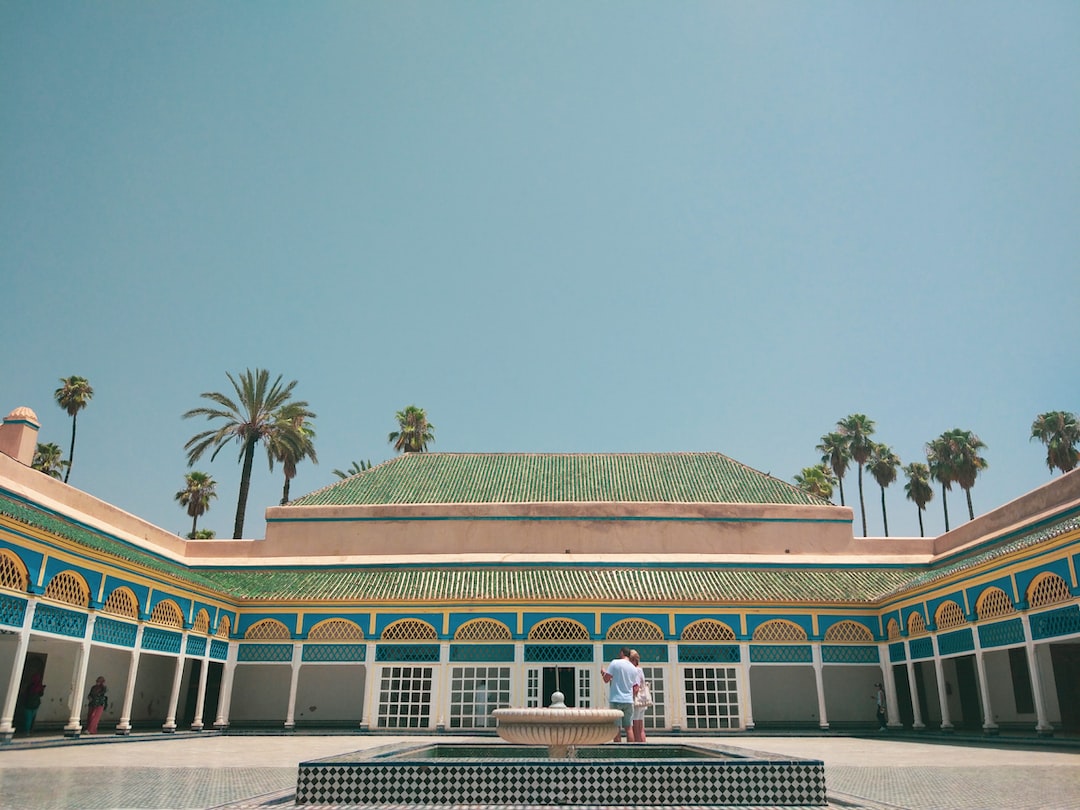Exploring the Tanneries of Marrakech: An Insight into Traditional Leatherwork
Marrakech, the vibrant and culturally rich city in Morocco, is known for its exotic sights, sounds, and scents. Nestled within its labyrinthine Medina are the famous tanneries, a must-visit destination for travelers seeking an authentic glimpse into the traditional leatherwork of the region. In this blog post, we will delve into the fascinating world of the tanneries of Marrakech, witnessing the skillful craftsmanship and ancient techniques that have been passed down through generations.
Stepping into the tanneries is like entering another world. The first thing that hits you is the pungent smell of raw animal hides mixed with natural dyes. It may be overwhelming at first, but it is a small price to pay for an experience that will transport you back in time. The tanneries of Marrakech have been operating since medieval times, and little has changed in their methods since then.
One of the most famous tanneries in Marrakech is the Chouara Tannery, located in the heart of the Medina. This sprawling complex consists of large stone vessels filled with various dyes and chemicals. These vessels, known as vats, are used for the different stages of the leather tanning process.
The first step in the process is the removal of hair and flesh from the animal hides. Workers submerge the hides in large vats filled with a mixture of pigeon excrement and water, a natural solution that helps soften the hides and remove any remaining hair. It is remarkable to see how this unconventional ingredient plays a crucial role in the traditional tanning process.
Once the hides have been cleaned and softened, they are transferred to the next set of vats, where they spend several weeks undergoing various treatments. The vats contain natural dyes derived from plant-based materials such as saffron, indigo, and poppy flowers. These vibrant dyes give the leather its distinct colors and variations.
The process is carried out entirely by hand, and workers are seen tirelessly stirring the hides with their feet, a sight that has become iconic to the tanneries. This traditional method ensures that the hides are evenly dyed and infused with the vibrant colors that Marrakech leather is famous for.
After spending weeks in the dyes, the hides are finally ready for the last stage of the tanning process. They are taken out of the vats and laid out to dry under the Moroccan sun. The heat and air work their magic, transforming the supple hides into the beautiful, finished leather that will be crafted into various products.
As you walk through the tanneries, you will witness artisans sitting cross-legged on the rooftops, meticulously working on the softened hides. Their hands move with precision and agility, shaping the leather into bags, shoes, belts, and other exquisite items. Observing their skillful craftsmanship up close is a humbling experience and a testament to the centuries-old tradition that continues to thrive in this part of the world.
While wandering through the tanneries, you may also notice the distinctive geometric patterns decorating the walls and floors. These are created using lime to demarcate the different sections of the tanneries. These patterns are not just aesthetically pleasing; they serve as a clever guide for workers, helping them navigate through the complex maze and ensuring the smooth flow of operations.
Visiting the tanneries of Marrakech is not just a sensory experience; it is a journey through time. It provides an insight into the traditional leatherwork techniques that have been preserved over centuries. The vibrant colors, the pungent scents, and the skilled artisans all combine to create an atmosphere that truly immerses you in the rich history and culture of Marrakech.
So, when you find yourself in this enchanting city, make sure to add a visit to the tanneries to your itinerary. It is a chance to witness a living heritage, appreciate the labor-intensive process, and perhaps even take home a piece of traditional Moroccan craftsmanship.
